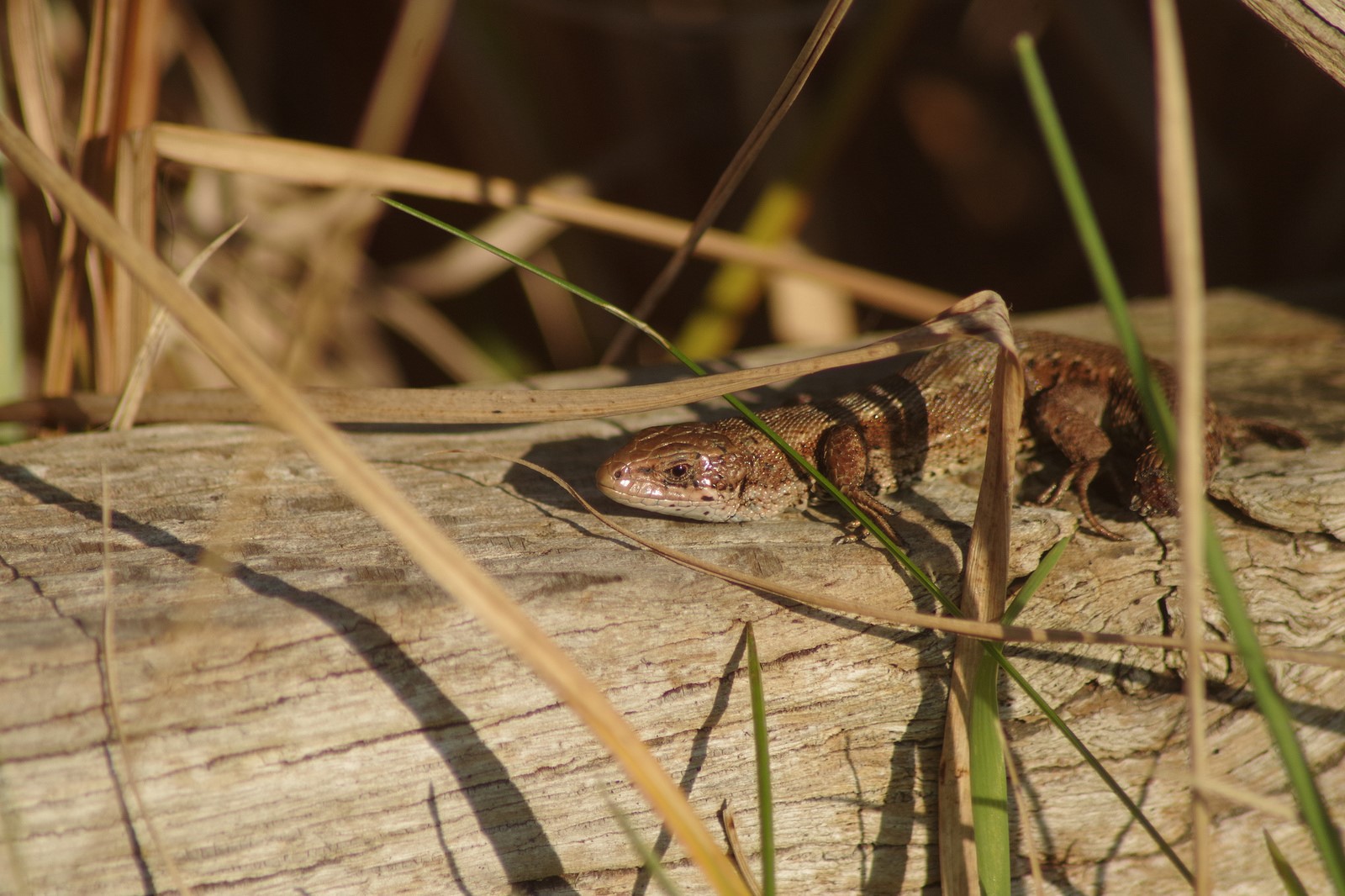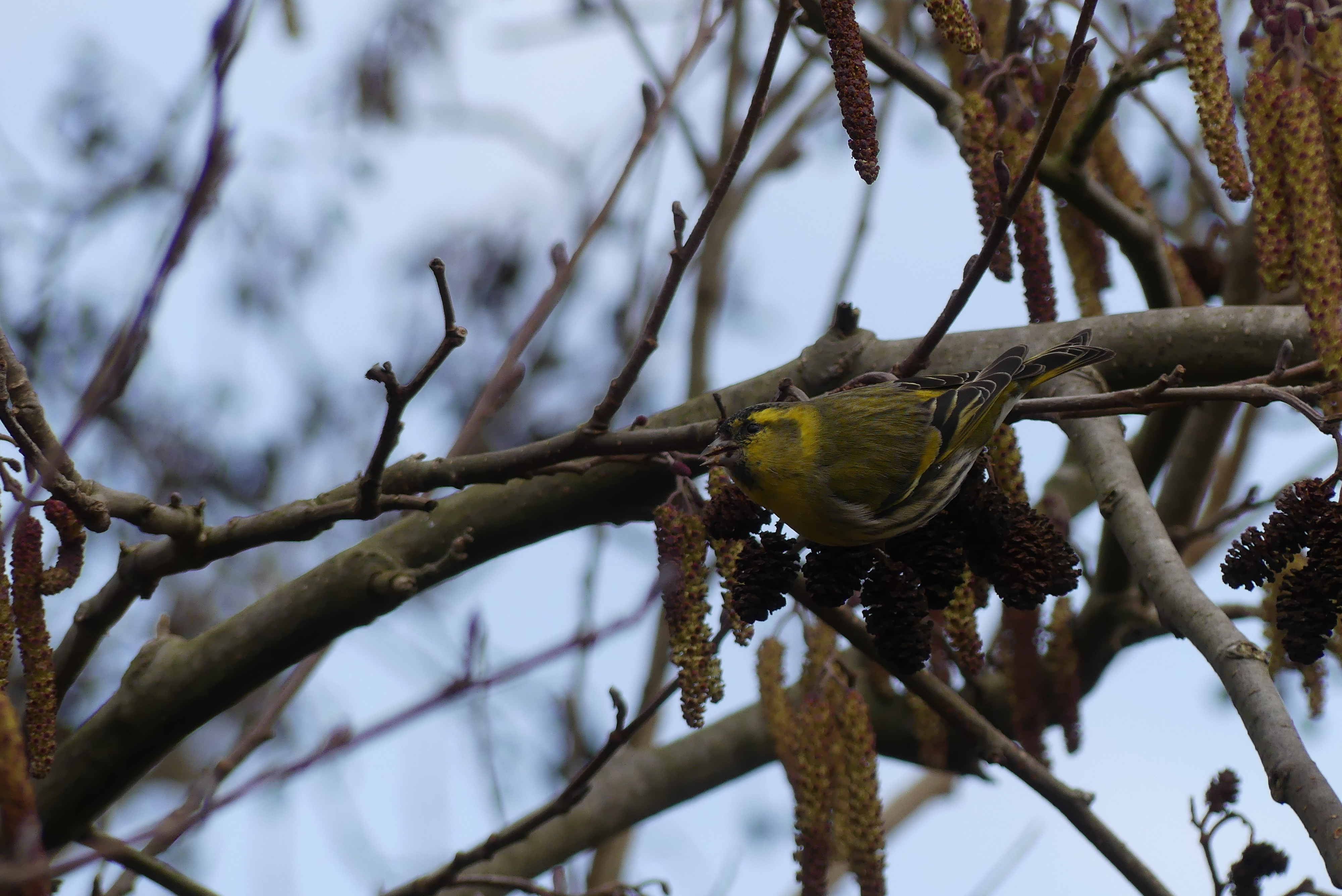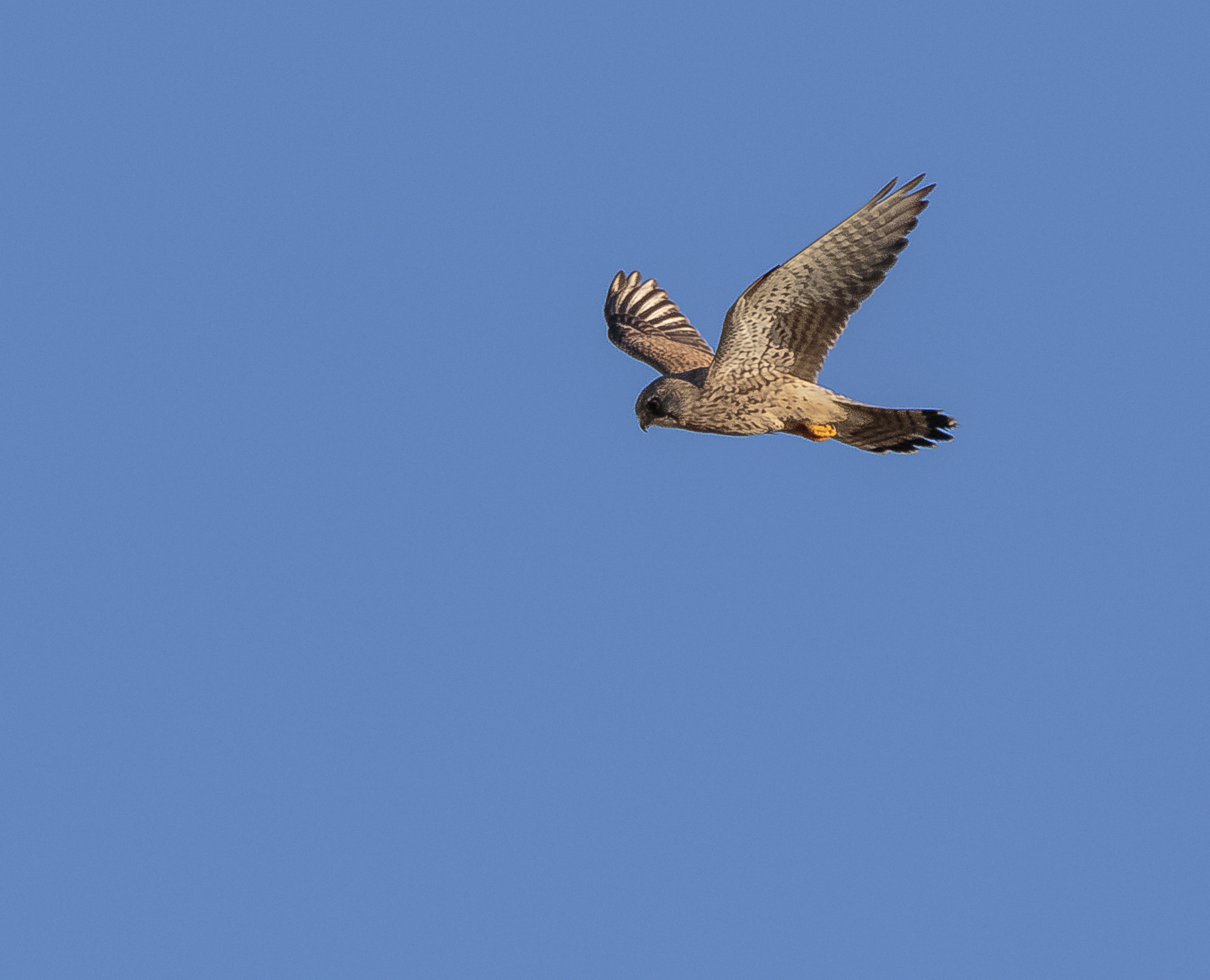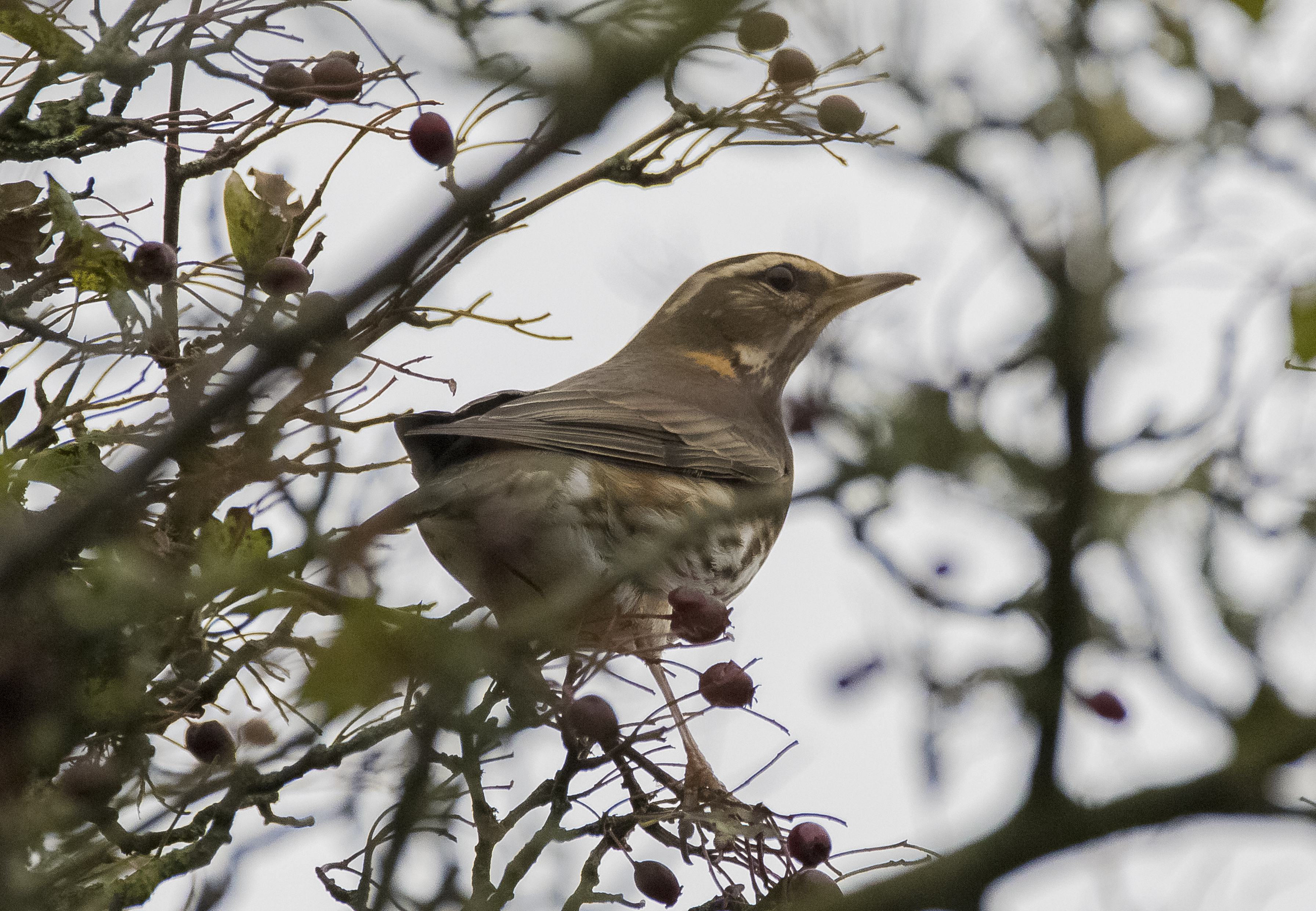Little Egret in good view from Headley hide
Green Sandpiper House Martin & Sedge Warbler all on site
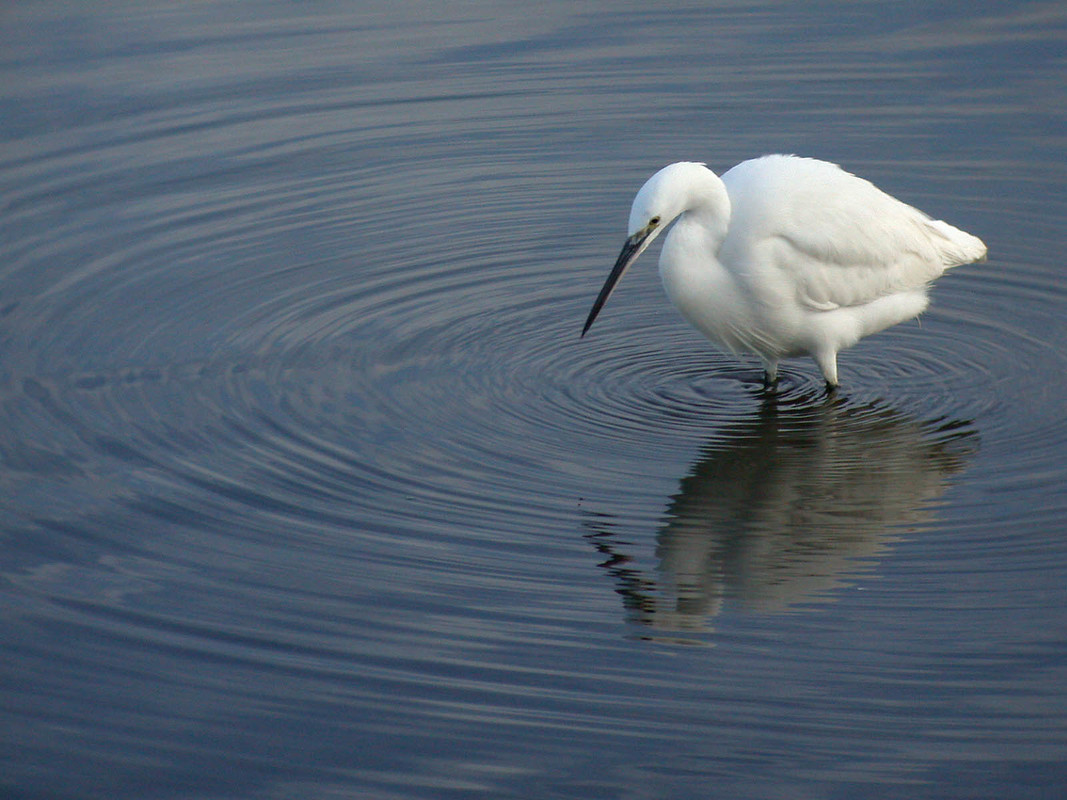
1 Little Egret - main lake
2 Shelduck - grazing marsh
2 Pintail - reservoir lagoon
1 Little Ringed Plover - main lake
1 Green Sandpiper - grazing marsh
3 Jack Snipe - main lake
4 Redshank - wader scrape, grazing marsh
4 House Martin - reservoir lagoon
4 Wheatear - wader scrape island no.39
1 Swallow - main lake
1 Willow Warbler - south route
2 Sedge Warbler - sheltered lagoon, reservoir lagoon
8 Blackcap - entrance area, South route, sheltered lagoon, wildside
March/early April bird highlights: Shelduck, Goldeneye, Bittern, Garganey, Snipe, Jack Snipe, Kingfisher, Dunlin (see photo below), Black-Tailed Godwit, Curlew, Oystercatcher, Green Sandpiper, Peregrine, Kestrel, Iceland Gull, Yellow-legged Gull, Mediterranean Gull, Wheatear, Water Pipit, Stonechat, Skylark.
Spring migrant passerines recorded so far include Chiffchaff, Blackcap, Reed Warbler, Sedge Warbler, Sand Martin, Swallow, Yellow Wagtail, House Martin, Skylark and Wheatear. Keep an eye on the steep, grassy East Bank for possible Ring Ouzel this month.
Migrant waders can best be found on the muddy marsh or edges of the wader scrape islands. Look out for interesting Gull species like Iceland, Little or Mediterranean on the marsh or main lake. There are still a few Snipe to be found on the marsh, and even some Jack Snipe in early April (the wader scrape is the best spot for this species). As April progresses expect to see a whole range of waders passing through, including Godwits, Sandpipers and Whimbrel.
Good numbers of hirundines are feeding over the larger waterbodies on migration, especially on overcast days.
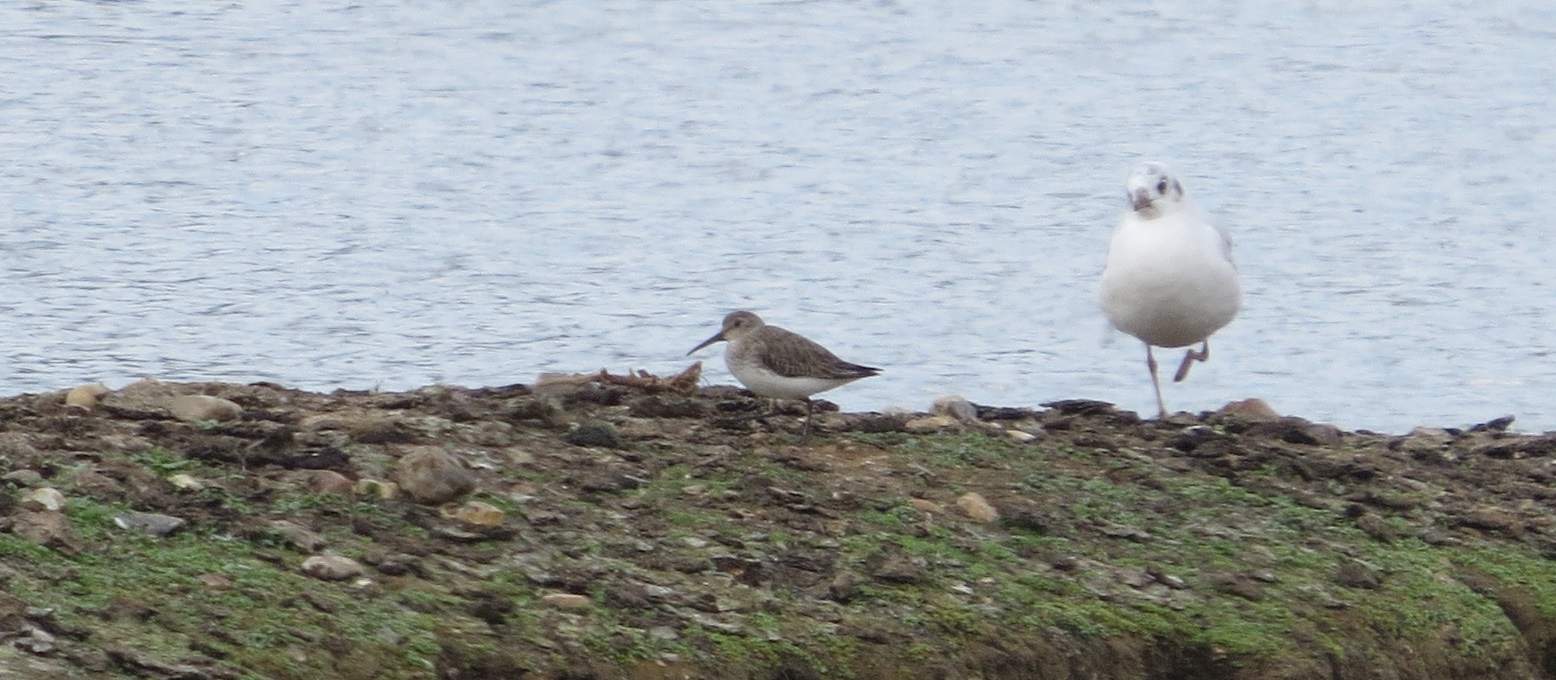
Insects: Honey Bee, Marmalade Fly (Hoverfly sp.), Nursery Web Spider, Buff-tailed Bumblebee, Early Bumblebee, Brimstone, Comma, Speckled Wood, Peacock, Orange Tip. Small White, Red-tailed Bumblebee, Orchard Bee, Hairy-footed Bumblebee, Orchard Bee, Red Willow Leaf Beetle.
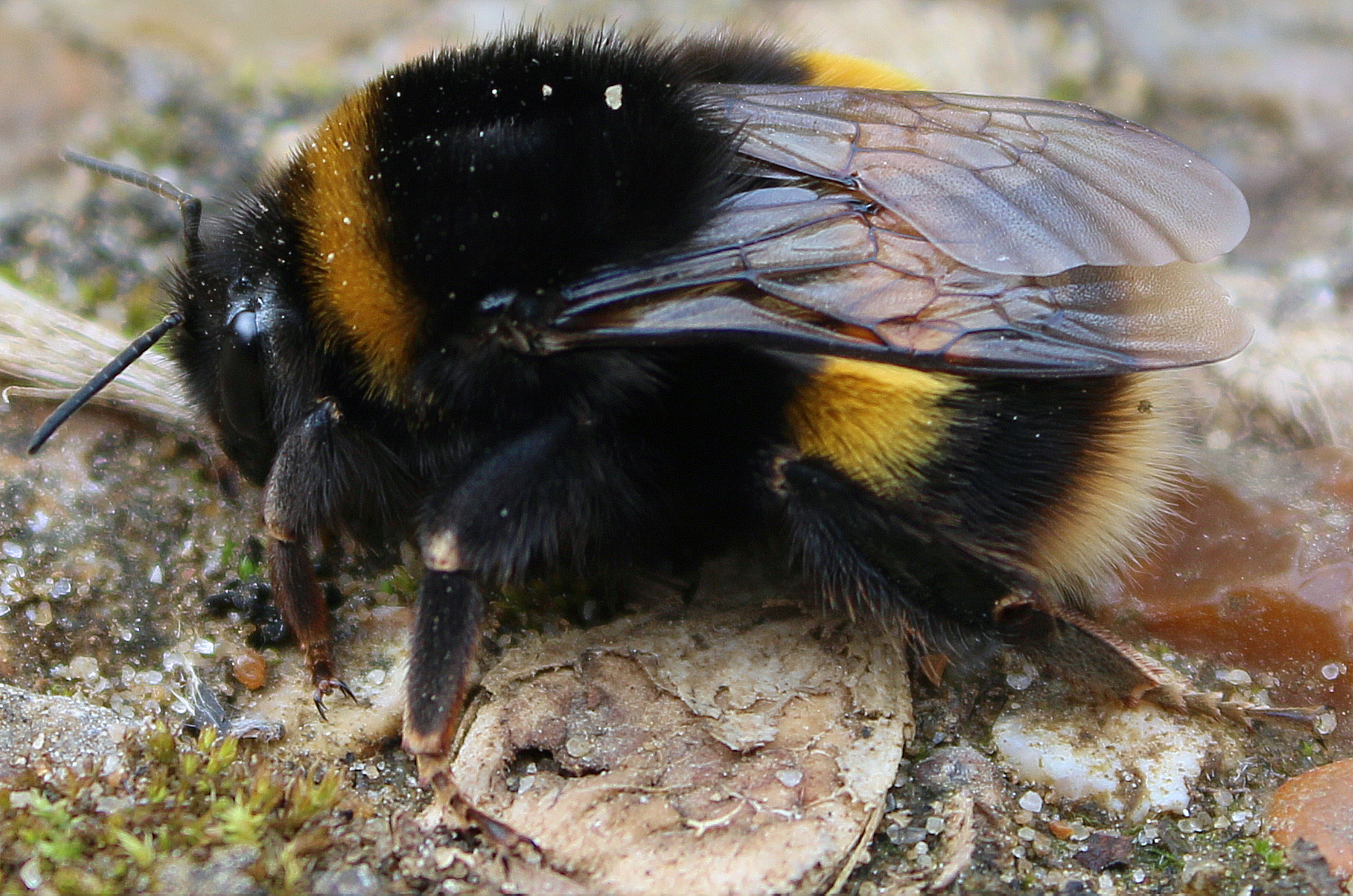
Water voles: sightings from the south route Wildwalk bridge pool (in the Pond Sedge), and from Wildside ponds close to the Wildside entrance.
Fungi: Alder Goblet, Bark Bonnet, Beech Tarcrust, Beech Woodwort, Birch Polypore, Collared Earthstar, Field Blewitt, Glue Crust, Green Elf Cup, Egg-shell Slime Mould, Conifer Mazegill, Coral Spot, Greyling Bracket, Lemon Disco, Oak Mazegill, Poplar Bells, Turkeytail, Witches' Butter, Velvet Shank, Snowy Disco.
Early flowering plants: Hazel, Alder, Winter Aconite, Red and White Dead-nettle, Early Crocus, Snowdrop, Blackthorn, Winter Viburnum, Cherry Plum, Stinking Helleborine, Daisy, Winter Jasmine, Blue Anemone, Rosemary, Sweet Violet, Cowslip, Butterbur, Lesser Celandine, Cuckoo-flower, Wood Anemone, Sweet Violet, Cow Parsley, Butchers Broom, Snake's Head Frittilary (see below).

Bats: Pipistrelle sp. seen flying around the gables of centre building facing the Entrance Lake p.m. 22nd February. 3 Pipistrelle flying at dusk 19th March, and 11 flying 21st March (south route/main lake border).
Amphibians: Marsh Frog found 20th March on the south route. Singing from south route, entrance lake and wildside in the first week of April.
Reptiles: Common Lizards (5 juveniles,1 adult) near Dulverton Hide, and Slow Worms (2 juveniles) - all found 23rd February.
